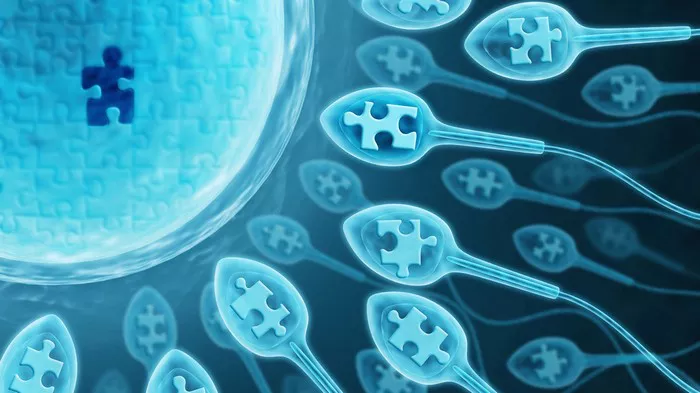Recent research has highlighted the significant role of Testis-specific transcript 10 (Tex10) in male fertility, specifically in spermatogenesis and primordial germ cell (PGC) differentiation. Through advanced gene-editing techniques and cellular analysis, scientists have uncovered how Tex10 not only regulates the differentiation of embryonic stem cells but also is essential for normal sperm production.
The study builds upon earlier research and reveals that Tex10’s expression peaks during key stages of sperm development and PGC formation. Researchers found that the absence of Tex10 leads to a halt in spermatogenesis at the metaphase I stage of meiosis, resulting in impaired sperm development and male infertility.
Tex10’s influence extends beyond gene regulation, as it is closely connected to Wnt signaling pathways, which play a vital role in various developmental processes. The study discovered that Tex10 binds to the promoters of negative regulators of Wnt signaling, thereby controlling the activation of this pathway. This regulation is crucial for maintaining balanced signaling, which is necessary for healthy spermatogenesis.
“Tex10 is essential for spermatogenesis and the differentiation of embryonic stem cells into primordial germ cells,” the authors stated, underlining the protein’s critical role during these developmental stages.
The research also links genetic variations of Tex10 to human fertility problems. Mutations or deletions in this gene are associated with male infertility, pointing to the potential therapeutic value of targeting Tex10 for fertility treatments.
Using conditional knockout mice and RNA sequencing, the study mapped how the absence of Tex10 disrupts gene networks involved in pluripotency and germ cell development. This depletion led to the downregulation of several genes critical for PGC differentiation and caused unwanted somatic lineage expansions, which ultimately reduced germ cell viability.
“Tex10 depletion severely impacts genes linked to pluripotency, PGC development, and spermatogenesis,” the researchers noted, emphasizing the wide-reaching effects of this factor on critical biological processes.
This research not only sheds light on the underlying mechanisms of male infertility but also positions Tex10 as a potential target for new infertility treatments. With male infertility being a complex and largely untreated condition, the findings open up new possibilities for intervention.
In conclusion, the study identifies Tex10 as a previously overlooked factor in spermatogenesis and PGC development, marking an important step forward in reproductive health research and therapeutic innovation.
Related topics:
Female Urologist Brings Specialized Care to Nassau County for Pelvic Health Disorders
Malaysia’s Fertility Rate Declines, But Shows Signs of Improvement in 2023






















